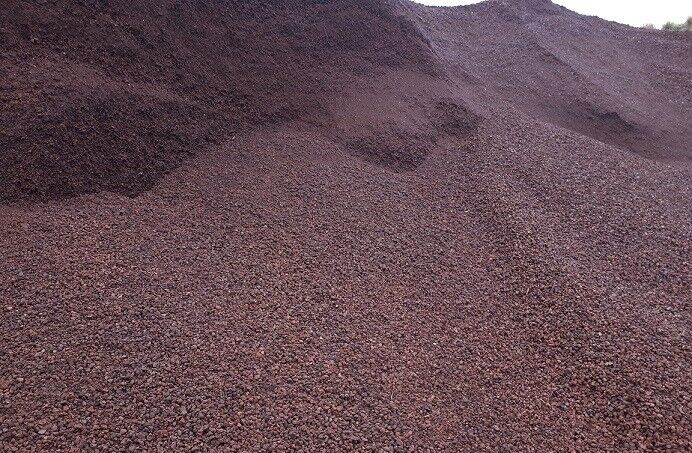Brown pumice stone
Pumice stone for lightweight aggregate for block BIMS/BRICK
Packing: Bulk Vessel,
Delivery: FOB
Size: 0-5 mm, 0-15 mm, 5-12 mm, at her sizes on request
Delivery Capacity: 30000 mt per month
Other application:
• organic farming
• soilless farming
• soil booster
PUMICE DESCRIPTION
The lightest rock that can even float on the water and the softest natural abrasive media.
Pumice is a type of extrusive volcanic rock, produced when lava with a very high content of water and gases (together these are called volatiles) is extruded (or thrown out of) a volcano. As the gas bubbles escape from the lava, it becomes frothy. When this lava cools and hardens, the result is a very light rock material filled with tiny bubbles of gas. Pumice is the only rock that floats on water, although it will eventually become waterlogged and sink. It is usually light-colored, indicating that it is a volcanic rock high in silica content and low in iron and magnesium, a type usually classed as rhyolite.
In commerce, pumice is the term applied to larger pumice stones, while pumice consists of fine grains of ash. Pozzolan is a fine-grained pumiceous material (both natural and man-made), which combines with lime to make a smooth, plaster-like cement. These three similar materials may be found and mined together, but they have different characteristics and different uses
Pumice is separated from similar glassy volcanic rocks ( such as perlite, obsidian, pumice pearlitic) by some distinctive pores. Practically, separated from these by colour, porosity and lack of crystal water. It is most widely-confused with perlite by color similarity/proximity and chemical composition, in some cases it could be harder to differentiate from perlite. It can be distinguished from the transitive rocks which could be called Perlit with Pumic/ Pumtic Perlit or Pearlitic Pumic by petrographic analysis, and pore structure.
The unique properties of pumice are the result of its origin as volcanic lava that underwent the simultaneous actions of rapid cooling and rapid depressurization. The rapid cooling and depressurization that pumice underwent resulted in a network of porous voids within the glass structure, similar to a sponge. This is the reason for the lightweight and mildly abrasive nature of pumice that accounts for many of its industrial applications. While pumice is an igneous rock, it is actually a kind of non-crystalline glass and not a mixture of minerals.
The physical properties of pumice are governed by the extremely cellular structure of the matrix. These cells are independent of each other, which means that the level of sound and heat conductivity are both extremely low. The hardness of pumice is approximately 5.5-6 on the mohs scale. It does not contain crystalized water in its structure. It is chemically inert and possesses about 75% selenium oxide. Due to the microscopic size of the pores, which make up about 85% of the pumice grain volume, pumice is an extremely light rock that is able to float on the surface of the water for a long time.
General Chemical Composition of Pumice
60-75% SiO2
13-17% Al2O3
1-3% Fe2O3
1-2% CaO
7-8% Na2O-K2O
trace amounts of TiO2 and SO3
SiO2 ratio that the rock contains gives abrasive property to rocks. So it is a chemical structure that abrasives steel easily. Al2O3 composition gives high strength to heat and fire. Na2O and K2O are known as the minerals that show reaction properties in the textile industry.
Ask Your Question
WhatsApp:
+ 372 581 788 67
e-mail:
sales@hippocampus.ee
